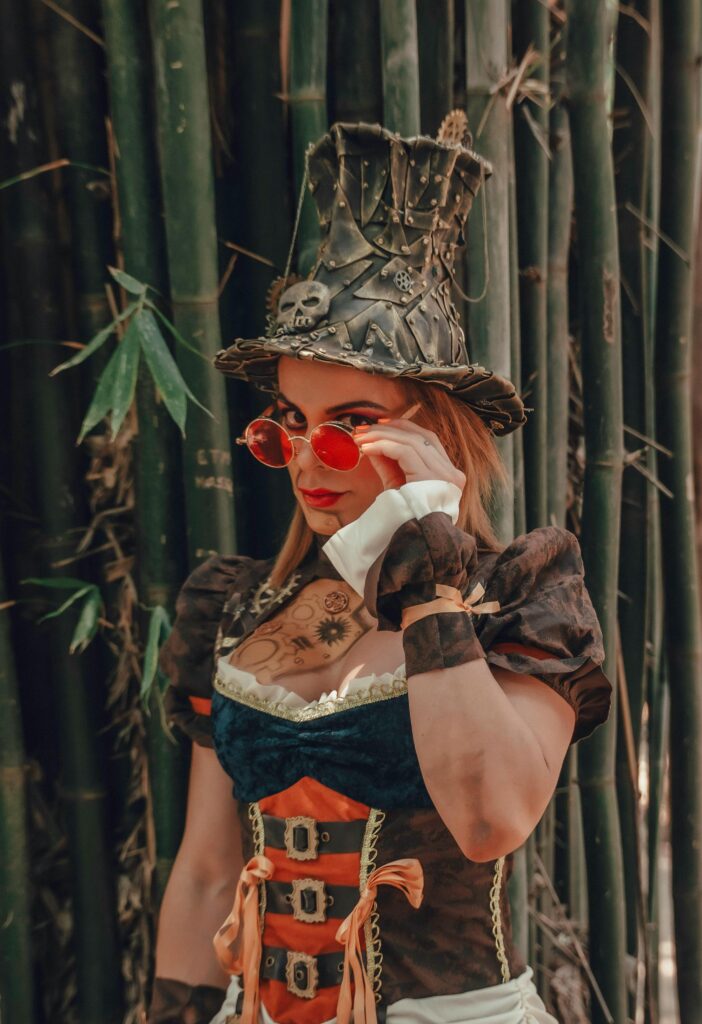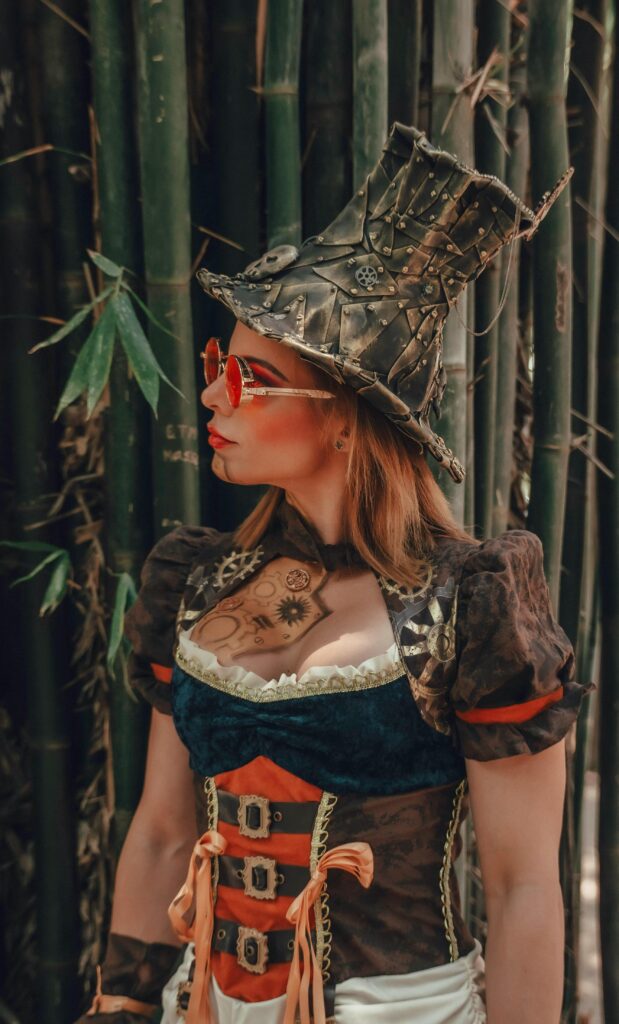The Intricate World Of Clockwork Art
Have you ever marveled at the intricate gears and mechanisms of a clock? Did you know that these mechanisms can also be used to create beautiful works of art? In the world of clockwork art, precision engineering meets creativity to produce stunning pieces that are both visually captivating and technically impressive.
What is Clockwork Art?
Clockwork art, also known as kinetic art or automaton art, is a form of art that incorporates mechanical movements and functions into its design. These artworks often feature moving parts, such as gears, springs, and levers, that are powered by a complex system of winding mechanisms. This unique combination of art and engineering results in pieces that come to life before your eyes, creating a mesmerizing and magical experience for viewers.
How is Clockwork Art Created?
Clockwork art is created through a meticulous process that involves careful planning, precision engineering, and skilled craftsmanship. Artists and engineers work together to design and build the intricate mechanisms that power the artwork’s movements. Each piece is carefully crafted by hand, with every gear, spring, and lever meticulously assembled to ensure smooth and precise operation.
What Materials are Used in Clockwork Art?
Clockwork art can be made from a variety of materials, depending on the desired aesthetic and function of the piece. Common materials used in clockwork art include:
- Brass: Brass is a popular choice for clockwork art due to its malleability and resistance to corrosion. It has a warm, golden hue that adds a touch of elegance to the finished piece.
- Wood: Wood is often used in combination with metal components to create a balance of texture and color in clockwork art. It can be carved, stained, and polished to achieve a variety of finishes.
- Glass: Glass is sometimes incorporated into clockwork art to add a transparent element that allows viewers to see the inner workings of the piece. It can be used for enclosures, windows, or decorative elements.
- Precious Metals: Some clockwork art pieces feature precious metals such as gold, silver, or platinum for added luxury and decoration. These metals can be used for embellishments, accents, or entire components.
Types of Clockwork Art
Clockwork art comes in many forms, each showcasing a different aspect of creativity and craftsmanship. Here are some popular types of clockwork art that you may encounter:
Clocks
Clocks are perhaps the most well-known form of clockwork art, as they combine functionality with artistic design. Clockmakers often use intricate mechanisms to power the movement of the hands, chimes, and other features of the clock. From grandiose grandfather clocks to delicate pocket watches, there are countless styles and designs to explore.
Automatons
Automatons are mechanical figures or animals that are powered by clockwork mechanisms to perform specific movements or actions. These whimsical creations can range from simple wind-up toys to elaborate storytelling scenes with multiple moving parts. Automatons are often designed to entertain and delight viewers with their lifelike movements and intricate details.
Kinetic Sculptures
Kinetic sculptures are large-scale artworks that incorporate movement as a central element of their design. These sculptures can range from minimalist geometric forms to elaborate installations with multiple moving parts. Kinetic sculptures often rely on wind, water, or other natural forces to generate movement, creating a dynamic and ever-changing display for viewers to enjoy.

The History of Clockwork Art
Clockwork art has a rich history that dates back centuries, with early examples of mechanized art appearing as far back as ancient Greece and China. Over the years, advancements in technology and craftsmanship have led to the development of more complex and sophisticated clockwork art pieces. Here are some key milestones in the history of clockwork art:
Ancient Origins
The roots of clockwork art can be traced back to ancient civilizations such as Greece and China, where mechanical devices were used for practical purposes like timekeeping and astronomy. The Antikythera Mechanism, an ancient Greek device dating back to the 2nd century BCE, is one of the earliest examples of a complex mechanical instrument that was used to track celestial movements.
Medieval Clocks
During the Middle Ages, mechanical clocks began to appear in European monasteries and cathedrals, marking the emergence of clockwork art as a form of religious and scientific expression. These early clocks featured intricate mechanisms that not only told the time but also showcased the skills of skilled craftsmen and engineers.
Renaissance Automata
The Renaissance period saw a surge in the popularity of automata, mechanical figures that could move and perform specific actions. Clockmakers and artists created elaborate automata that entertained and fascinated audiences with their lifelike movements and intricate details. Some automata were even designed to mimic human gestures, such as writing or playing musical instruments.
Industrial Revolution
The Industrial Revolution brought about a revolution in clockwork art, with advancements in manufacturing techniques and materials leading to the mass production of clocks, watches, and other mechanical devices. Clockwork art became more accessible to the general public, with intricate mechanisms being integrated into everyday objects for both practical and decorative purposes.
The Appeal of Clockwork Art
What is it about clockwork art that captures our imagination and fascination? The appeal of clockwork art lies in its unique combination of beauty, complexity, and functionality. Here are some reasons why clockwork art continues to captivate audiences around the world:
Aesthetics
Clockwork art is often admired for its beauty and visual appeal, with intricate designs and ornate details that showcase the skill and craftsmanship of the artist. The gleaming gears, delicate springs, and polished surfaces of clockwork art pieces create a sense of elegance and sophistication that is hard to resist.
Movement
The dynamic movement of clockwork art sets it apart from other forms of art, as viewers are drawn to the mesmerizing sight of gears turning, levers shifting, and figures in motion. The precise coordination of these movements adds a sense of life and vitality to clockwork art, creating a sense of wonder and excitement for viewers.
Technical Mastery
Clockwork art is a testament to the technical mastery and precision engineering skills of the artists and craftsmen who create these intricate pieces. The ability to design and build complex mechanisms that operate flawlessly requires a deep understanding of physics, mathematics, and materials science, as well as a keen eye for detail and precision.

Collecting Clockwork Art
Are you interested in starting your own collection of clockwork art? Collecting clockwork art can be a rewarding hobby that allows you to appreciate the beauty and craftsmanship of these unique pieces. Here are some tips for getting started:
Research
Before starting your collection, take the time to research different types of clockwork art, artists, and historical periods to gain a better understanding of the art form. Visit museums, galleries, and exhibitions to see examples of clockwork art up close and learn about the techniques and styles used by different artists.
Set a Budget
Clockwork art can vary widely in price, depending on factors such as the artist, materials, and complexity of the piece. Set a budget for your collection based on your financial resources and the types of pieces you are interested in acquiring. Consider starting with more affordable pieces and gradually expanding your collection as your budget allows.
Network
Joining collector groups, attending art fairs, and connecting with other enthusiasts can help you expand your knowledge of clockwork art and stay up to date on the latest trends and developments in the field. Networking with other collectors can also provide opportunities to buy, sell, or trade pieces and connect with artists and experts in the field.
The Future of Clockwork Art
As technology continues to advance and new materials and techniques are developed, the future of clockwork art looks brighter than ever. Artists and engineers are pushing the boundaries of traditional clockwork art to create innovative and experimental pieces that challenge our perceptions of time, movement, and creativity. From interactive digital installations to bio-mechanical sculptures, the possibilities for clockwork art are endless.
In conclusion, the world of clockwork art is a fascinating and diverse realm that combines artistry, engineering, and creativity in ways that are both visually stunning and technically impressive. Whether you are a seasoned collector or a curious observer, there is much to appreciate and admire in the intricate world of clockwork art. So next time you come across a piece of clockwork art, take a moment to marvel at the intricate gears and mechanisms that bring it to life, and immerse yourself in the magical world of kinetic art.


